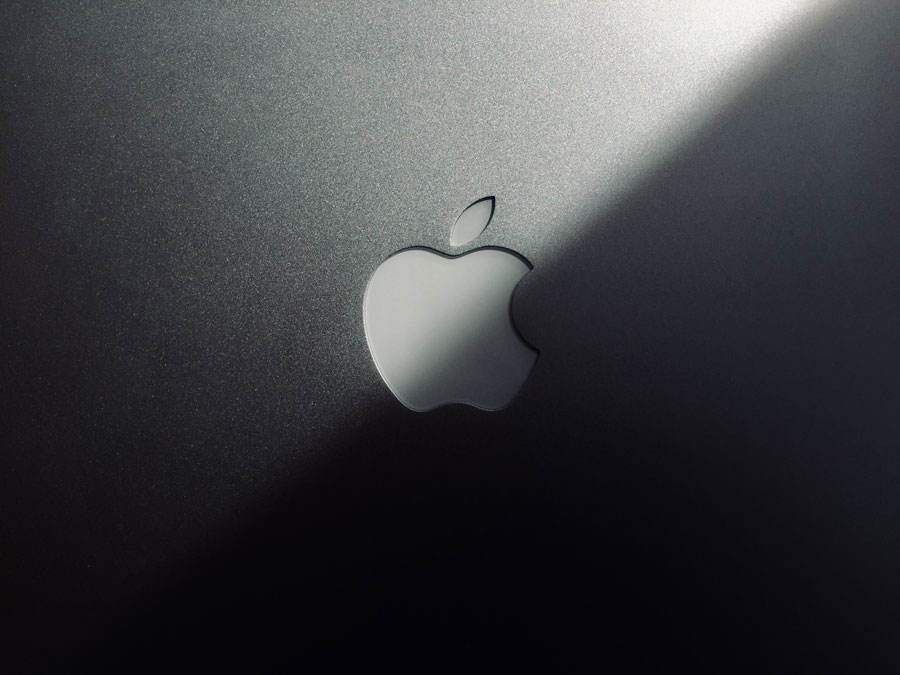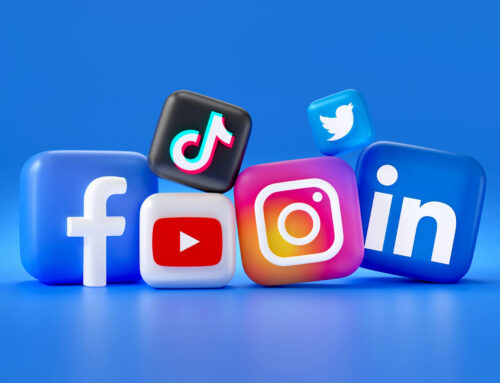A logo is the visual embodiment of one’s business. And as a business owner, you want a logo design that you can be proud of.
There are different logo design rules you must follow that you want your audience to associate your brand with. But if you want to design a brand logo that will stay with you well beyond its years, you’ve come to the right place.
This post discusses the secrets of creating an evergreen logo using practices and brand examples.
Let’s begin!
1 – Keep It Simple
There was a time when skeuomorphism was in vogue as a design practice.
However, flat design changed all that. Its simplicity and straightforwardness were a reaction to skeuomorphism’s realism.
In the end, flat design won as more brands incorporated its practices into their marketing materials such as social media, paid ads, video tag tester, and more.
If you think about it, simplicity extends its demands beyond logo design.
Google makes searching for information easy, while Amazon makes ordering products convenient.
Simplicity is a universal concept that must be observed at all times. Creating a brand logo that clearly communicates what your business is will always be evergreen.
2 – Make It Relevant
There’s a reason why some design practices as referred to as “trends.” As new developments in the industry, there’s a slim chance that these trends will persist for years to come.
These design trends are indicative of the time when they were conceived. As a result, most of these trends are confined in a bubble and don’t lend themselves well to usage beyond it.
In other words, design trends may be relevant now, but they probably won’t be years from now.
At the same time, technology gets better as time goes by. The latest tools allow designers to do cool techniques, effects, and visuals that weren’t available before.
So, this isn’t to say that skeuomorphism, clip arts, and others were “trends” in the most literal sense. They were just replaced by much better and more practical design choices that reflect the current tastes of consumers.
In the case of your logo design, you must discern which practices are trends and what will remain relevant a decade or more from now.
For instance, these animated logo examples walk the line between trendy and evergreen. They use simple design practices while implementing more advanced techniques like animation.
This is easier said than done because consumer preferences can change at a moment’s notice. But making this distinction as part of the logo design process could help you from the headache of changing your logo down the line.
Look at brands that have made logo design changes over time. What elements did they change and keep in their current design, and why? Answering these questions helps you not make the same mistakes they did.
3 – Play It Safe
Standing out from the crowd is a good thing since it will help your business attract the right audience and generate more sales. But there’s a risk involved in standing out too much.
Using off-kilter fonts in your logo design is not always a great idea. While it piques people’s interest, it lends itself to change most of the time.
Take Pepsi for example—it used cursive lettering as its logo when it started out (similar to Coca-Cola). But its logo changed to incorporate the red, white, and blue design we’ve come to know from the brand now while choosing a much simpler font style.
But as mentioned above, you can’t say for sure if the logo design will carry over through the years. Design choices tend to evolve through the years.
But the last thing you want to do is constantly changing your logo every year because your design choices ran out of vogue. This shows poor judgment and untrustworthiness on your part.
If there’s a constant in all this, it’s that simple font is always in vogue. There’s a reason why businesses use Serif and Sans Serif in their logos: it works.
So, making safe decisions with your logo design isn’t always a bad idea. While a simple logo puts you on par with your competitors, it also gives you a logo that could stick with your brand for years—if not decades.
4 – Be Mindful of Colour
Colour evokes a specific mood from people when used in logos.
For instance, red brings up excitement and energy while yellow represents youthfulness and even appetite. So, when you chance upon a McDonald’s logo, you have these feelings swirling inside you. The colours even help you to want to order from McDonald’s!
Logo colour psychology is a real thing, so you want to choose those with emotions that your brand exudes.
Most businesses incorporate orange and blue as part of their branding as they make their company appear more trustworthy and successful to people. But the tried-and-tried black-and-white tandem is hard to beat, as the mixture of cleanliness and simplicity stands the test of time.
Regardless, you always want to make people feel something in line with what your brand is about. Choosing the right colours for your logo can help you achieve that.
5 – Match It With Your Brand
Finally, a logo should reflect its core objective, beliefs, values, and more.
How your logo represents your brand depends on the choices you make above. It should also align with the expectations your audience has from your business.
For example, you must maintain a professional image across all your marketing materials if you’re in a B2B space. Having a carefree and eccentric logo makes attracting enterprise customers to do business with you much harder.
Taking your brand into consideration when designing your custom logo allows you to come up with an appropriate visual identity that captures the imagination of your audience. This way, you can attract them to a quick call and discuss business at the onset.
Conclusion
A lot of things change as time goes by. Your business will, too, depending on what your audience wants from you.
As much as possible, however, your logo should stay the same at its very core. It should still exude the same design principles and philosophy you had in mind when you first conceived it.
An evergreen logo shows lots of character, which you can use to build trust with your audience. You can then generate more leads and customers if you play your cards right.






